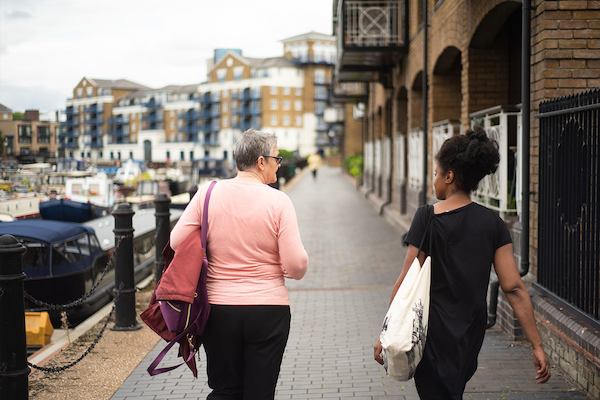But you might have missed the brighter side. Life expectancy at older ages is the highest it’s ever been, according to Public Health England, and most people are living longer in better health. More people aged 50 and over are in work than ever before, with the fastest rises among women. There has also been a significant shift from employment to self-employment among men. While this is undoubtedly positive for some, offering flexibility and autonomy, for others this means insecure, low paid work with few, if any, entitlements. Recent internet use in the 65 to 74 age group has increased 7.5% between 2015 and 2016. However still only half of people over 64 regularly use the internet. Finally, the government announced a £4 million fund to support organisations to encourage volunteering among the over 50s and yet, as our recent report showed, those who could benefit most are still least likely to volunteer.


